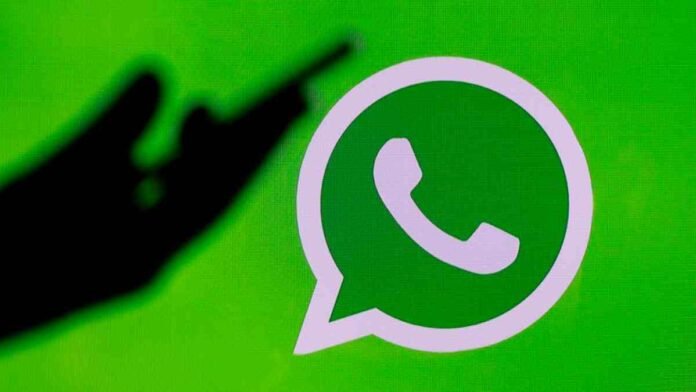Despite the fact that Whatsapp is free to use and has no adverts, the company generates millions of dollars each year. So let us know how they earn so much money.
WhatsApp is one of the most widely used messaging applications. It has about two billion users in 180 countries worldwide. The Meta-owned firm is well-known for its subscription and ad-free business strategy. In 2014, Meta, previously Facebook, paid $19 billion acquire WhatsApp.
Prior to Meta’s acquisition, WhatsApp was a subscription-based service that produced around $700 million each year. Nevertheless, Meta recognised that the subscription-based model would not be ideal for a long-term plan, so it opted to make it free for all users globally in January 2016. Although the firm offered an advertisement-based income model, it is currently operating on a non-advertisement strategy.
In 2009, WhatsApp was formed by Brian Acton and Jan Koum. They sought to make WhatsApp a cheaper alternative to SMS. Its early income plan was focused on subscriptions. Users were required to pay $1 for a year at the time of download, however in certain countries it was free for the first year and cost $1 for renewal the following year.
WhatsApp had around 700 million users globally at its height, during the subscription-based model. WhatsApp’s subscription-based strategy was phased down in 2016 under Meta’s ownership in favour of a free-to-use one. Jan Koum (Whats App co-founder and Facebook Inc director at the time), quit the firm in 2018 due to conflicts about the planned advertising strategy and user data protection.
There are now no adverts on WhatsApp, but the business intends to implement a restricted commercial strategy. The restricted marketing strategy encourages customers to communicate directly with their airlines, banks, and other service providers. WhatsApp has enabled WhatsApp pay in numerous countries, allowing users to send money straight to the bank accounts of other WhatsApp users and non-WhatsApp users. What App’s financial disclosures are not available, but Forbes believes that its sales will be over $27 billion in Q1 2022.



